Architectural photography remains an intensely personal enterprise, and today’s top photographers each have their own approach. RECORD spoke to a number of photographers—as well as architects—to learn how they like to work. Despite their varied moods and methods, they are all devoted to the enormous challenge of capturing not only the details of architecture but expressing the experience of space and scale.
Click the thumbnails below to read more about each person’s process.
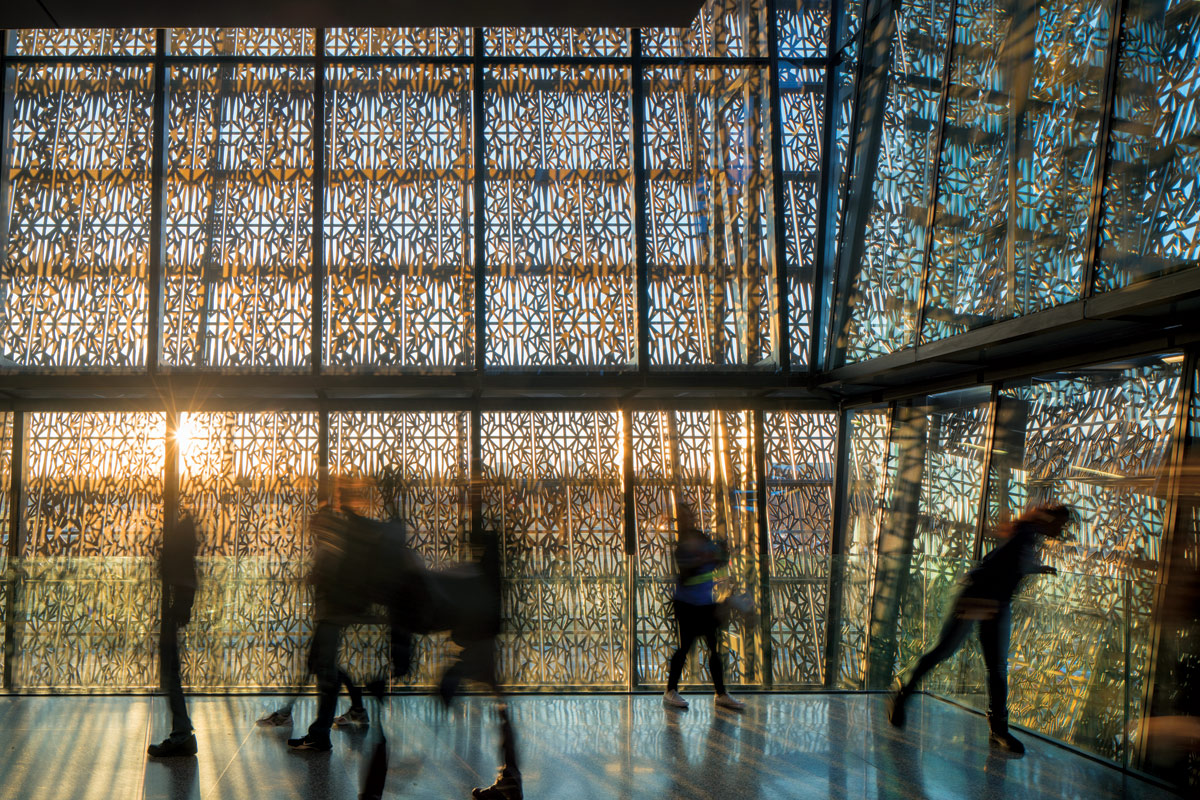
NIC LEHOUX
Photographer
Photographer
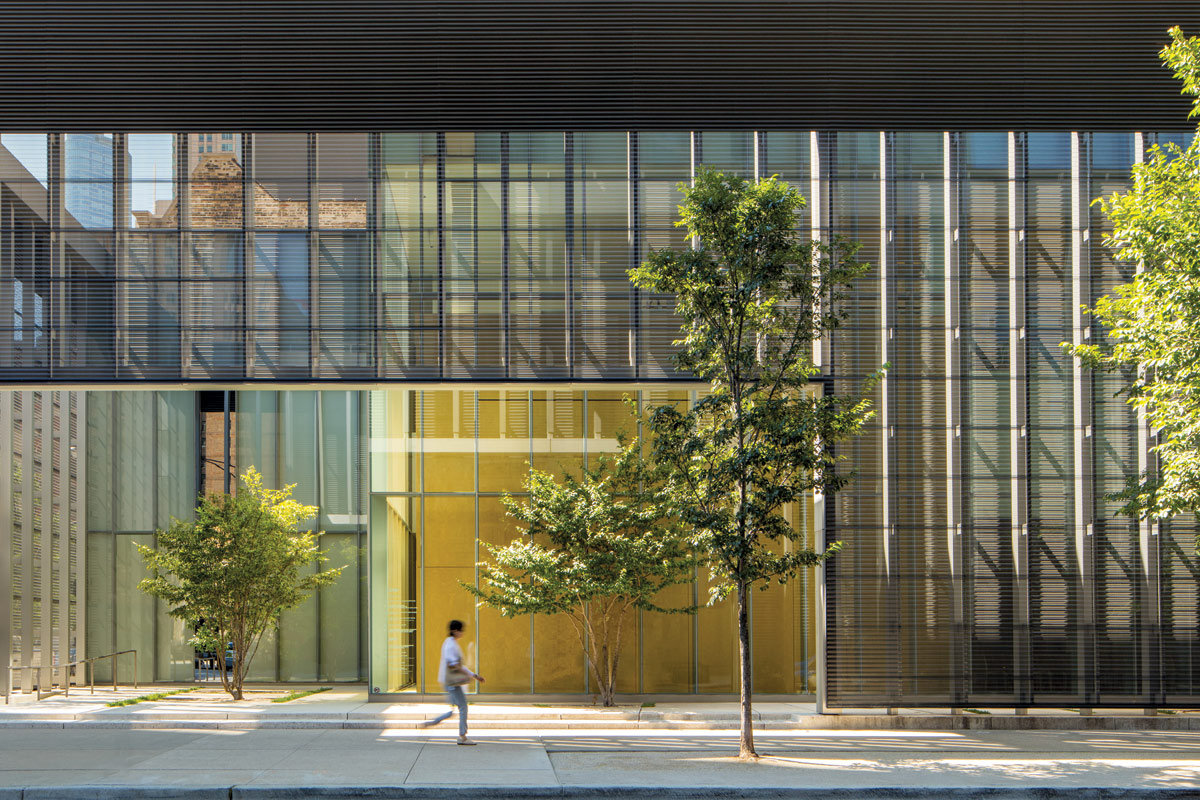
JOHN RONAN
Architect
Architect
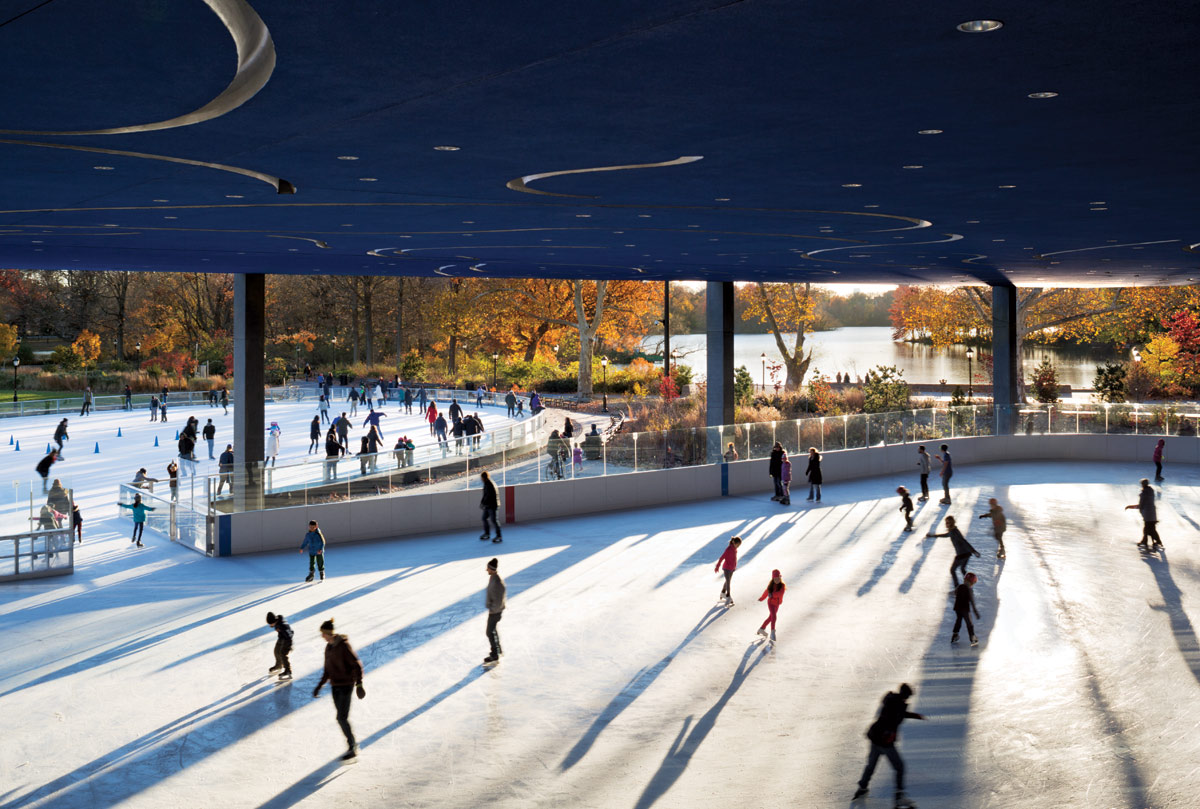
BILLIE TSIEN
Architect
Architect
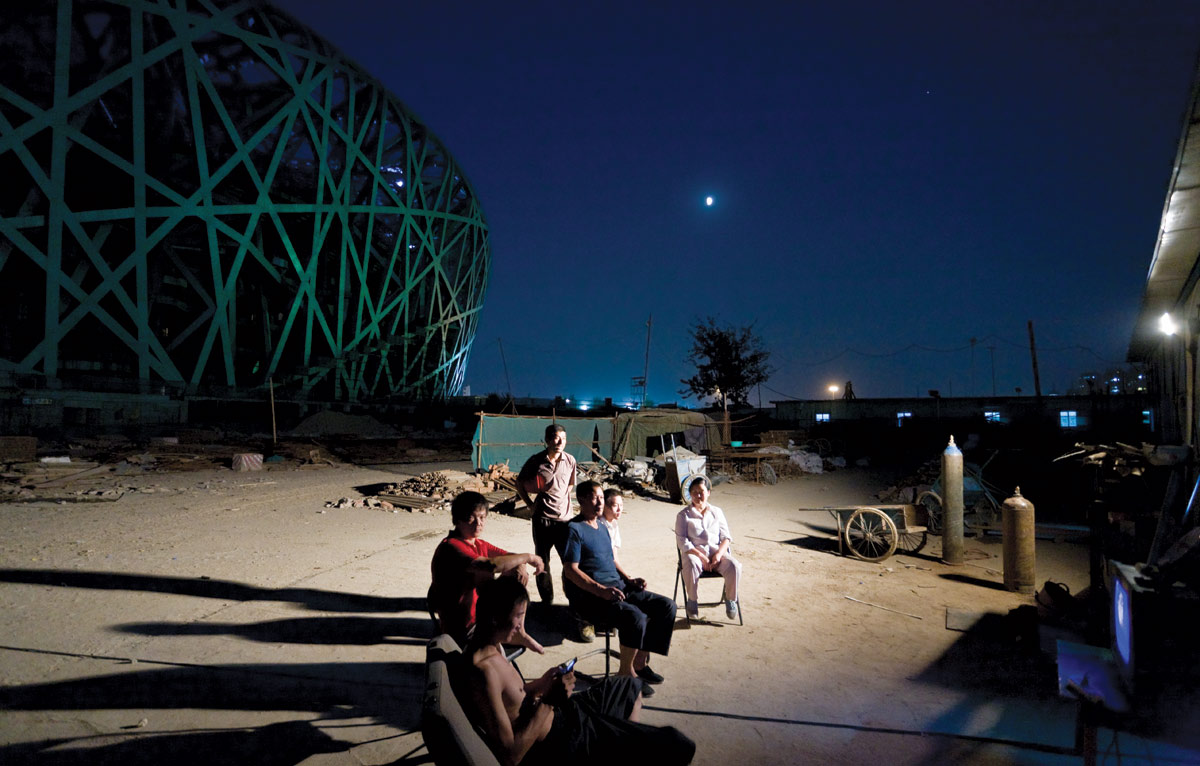
IWAN BAAN
Photographer
Photographer
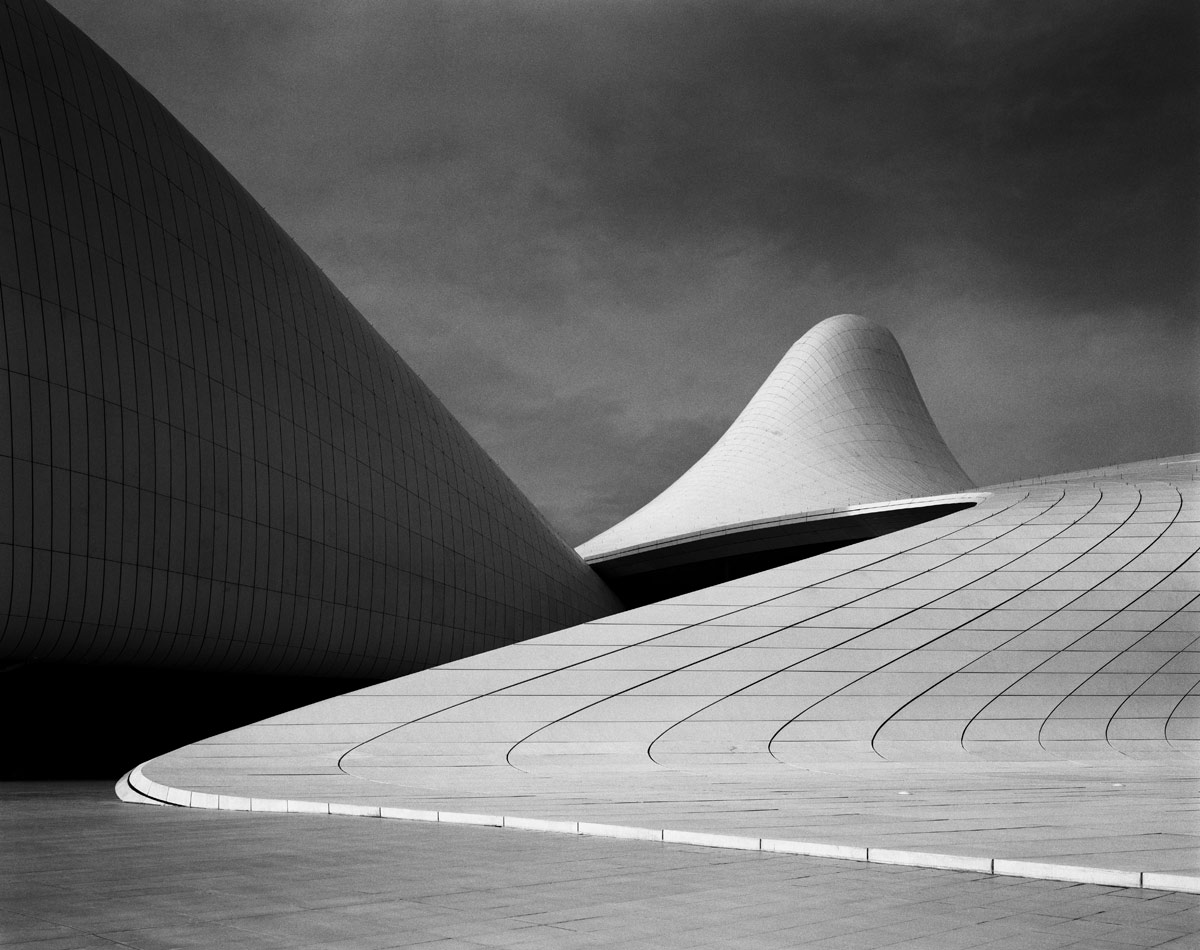
HÉLÈNE BINET
Photographer
Photographer
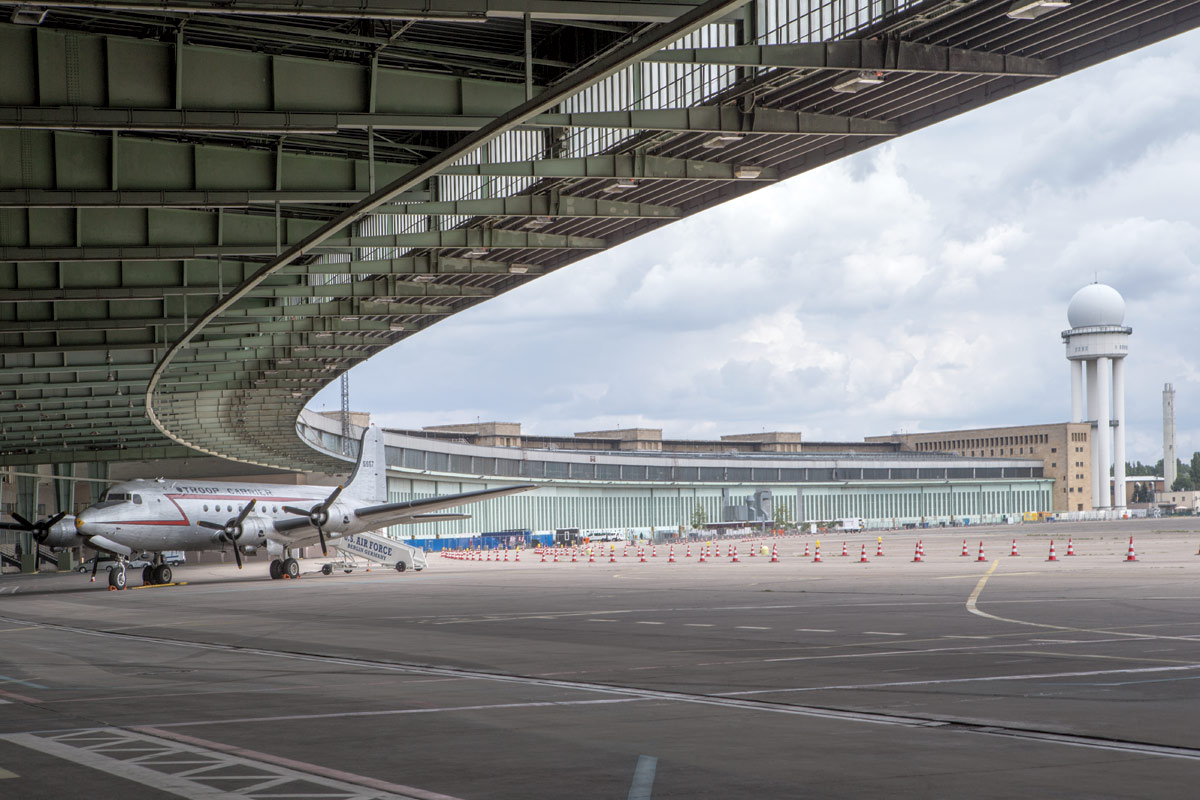
DANICA KUS
Photographer
Photographer
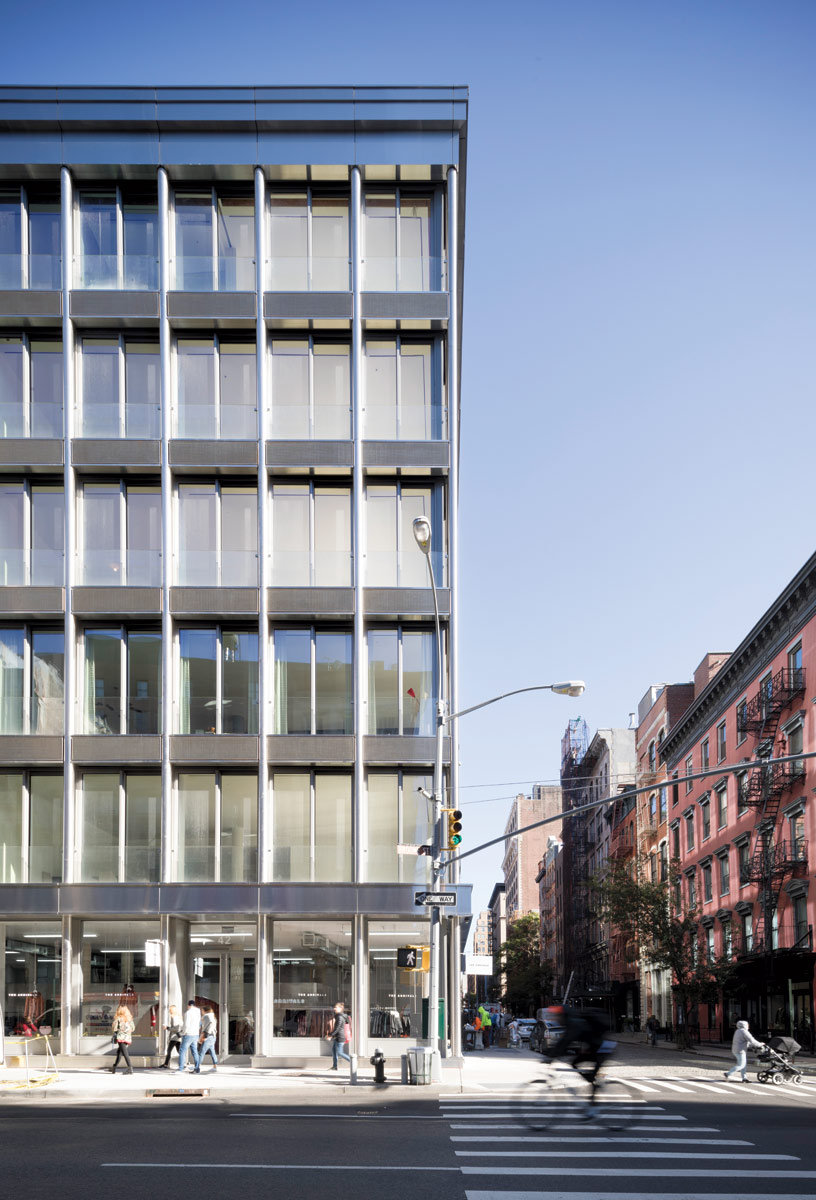
ANNABELLE SELLDORF
Architect
Architect
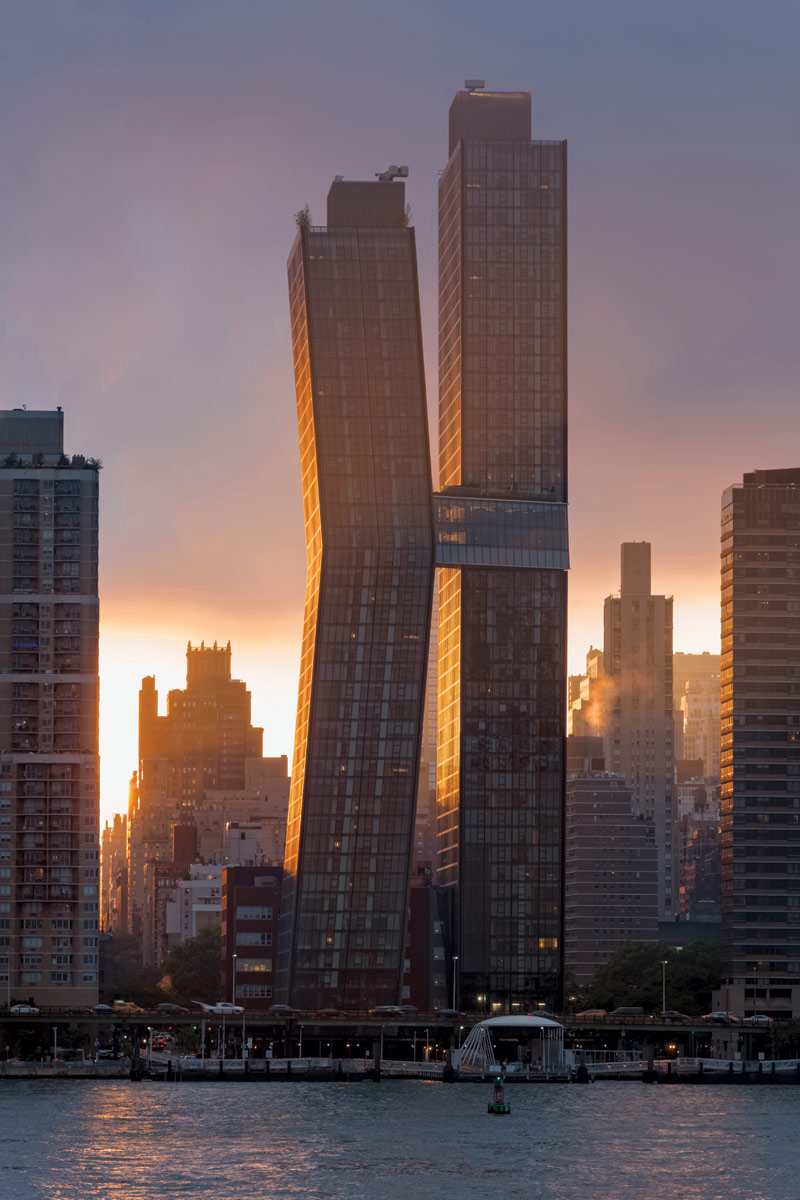
JEFF GOLDBERG
Photographer
Photographer
![<br><h9>Alabama Silo<br>Greensboro, Alabama, photo by Timothy Hursley, 2008</h9><p> </p><h6><strong>TIMOTHY HURSLEY</strong><br>
Photographer based in Little Rock, Arkansas<p> </p>I’ve shot intentional architecture
all over the world, but I also like to
shoot less-intentional architecture.
These days, I’m doing one series on
the funeral homes of the South,
and another on decrepit industrial
buildings. If I’m on the road for a
job, I extend my time. Whenever I
can, I drive somewhere from Little
Rock. I prefer to be out on a cloudy
day. It makes things more photographable;
you’re not fighting the
sun. In one town, I saw a dog food
factory that was being taken
down; it looked like something
BIG would have designed. My
photo ended up in the Oxford
American magazine.<p> </p>
I started out when I was 17, as
an apprentice to [Detroit-based
architecture, art, and landscape
photographer] Balthazar Korab; I
just sort of fell into it. I’ve been
shooting the Rural Studio [Auburn
University’s design-build program
out of Alabama] since day one, and
I shot things like the construction
of Yoshio Taniguchi’s MoMA from
2004 to 2008; they flew me up to
New York 14 times for that. I used
a view camera all my life. Now I
use a Phase One back (which enables
cameras designed to use film
to take digital photographs): you
put it on a technical camera, with
Rodenstock lenses. If I want to
shoot people in dimmer conditions,
I pull out a Sony DSLR.<p> </p>
I recently found a funeral home
with eight abandoned caskets; it
was dark, so I used two iPhone
flashlights, and I got a really cool
shot. Not long ago, I bought a
broken silo near the Rural Studio
buildings in Alabama, and I put up
a surveillance camera, which I set
to shoot once every 12 seconds—I
was getting thousands of images a
day. It was great to find an interesting
object and not have to be
like Ansel Adams. Set it up and
walk away.</h6>](/ext/resources/images/2018/Timothy-HursleyLOW.jpg)
TIMOTHY HURSLEY
Photographer
Photographer
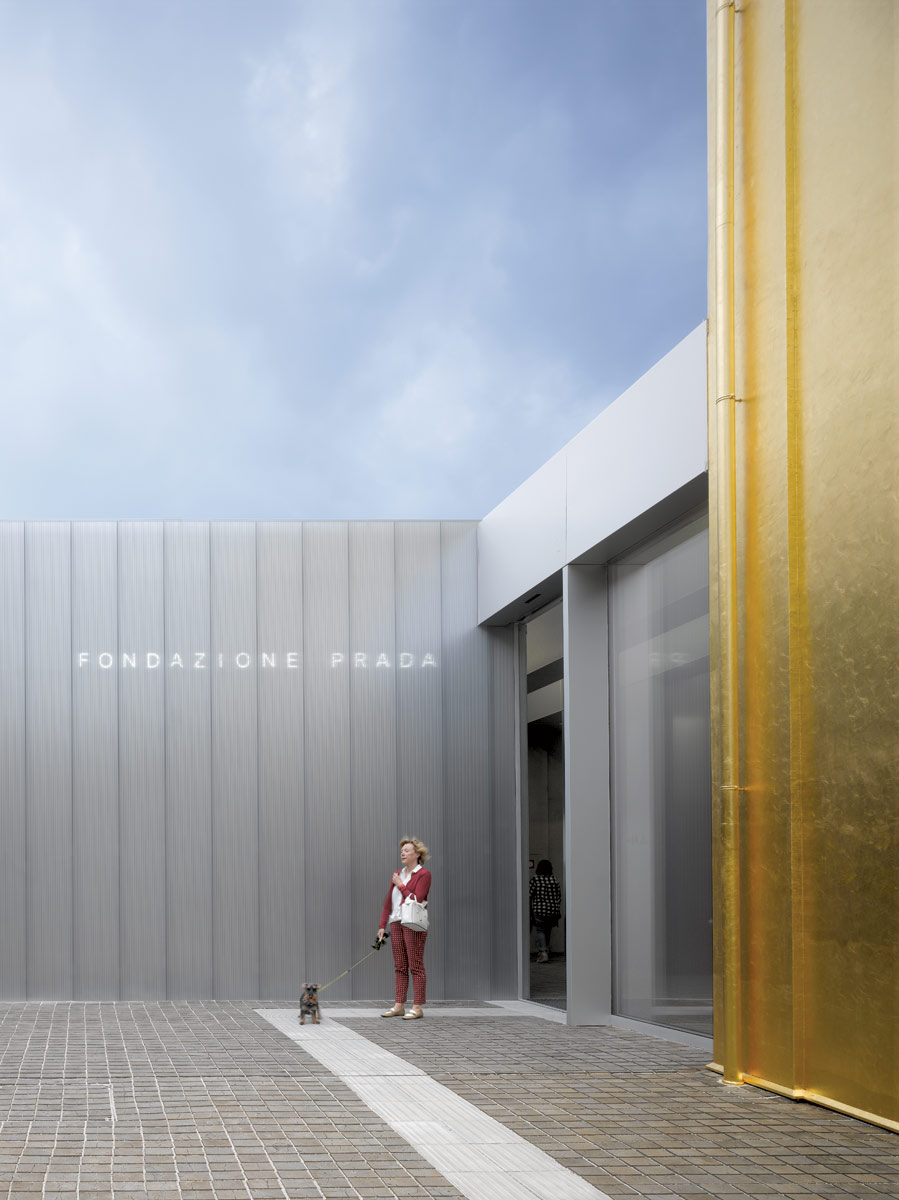
ROLAND HALBE
Photographer
Photographer
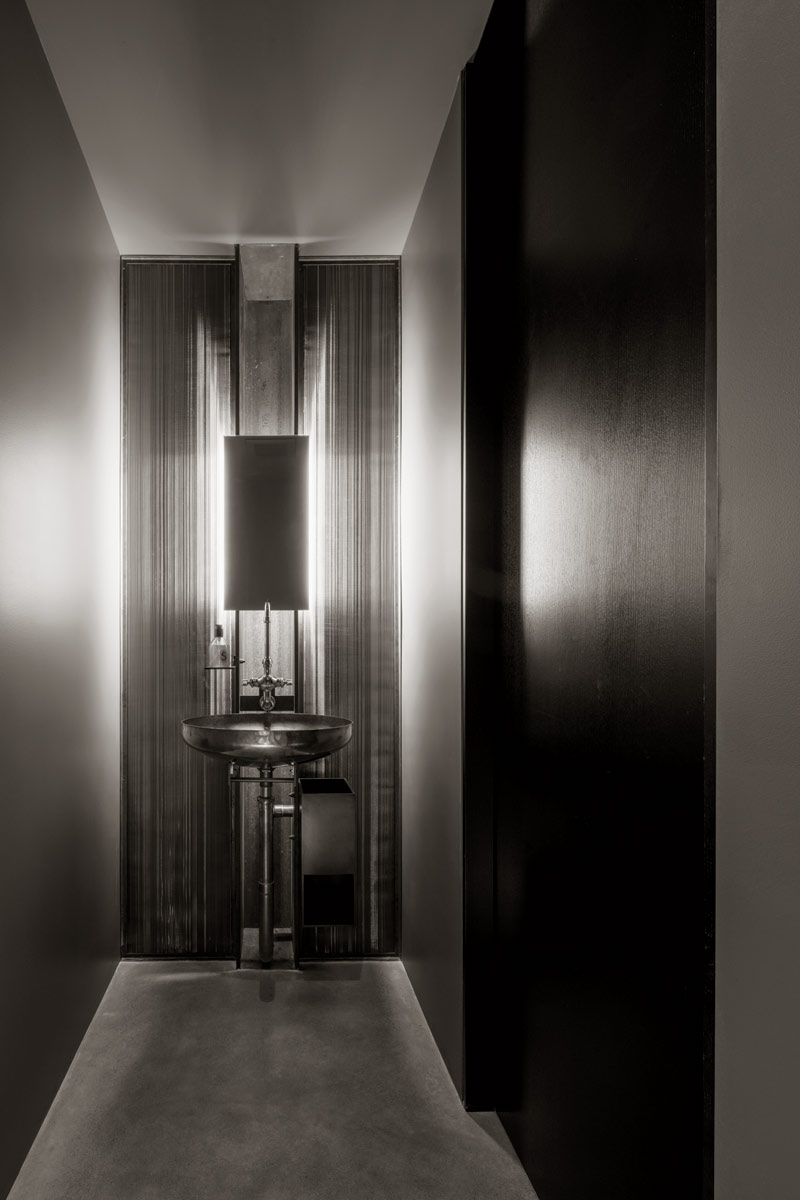
TOM KUNDIG
Architect
Architect
× ![]()



Post a comment to this article
Report Abusive Comment